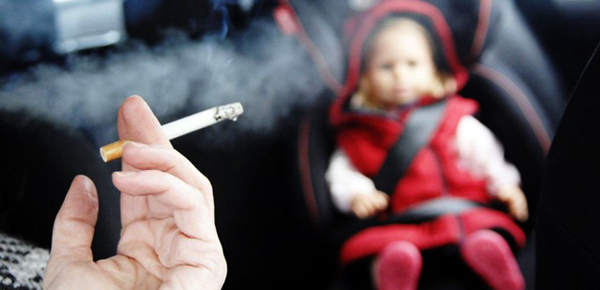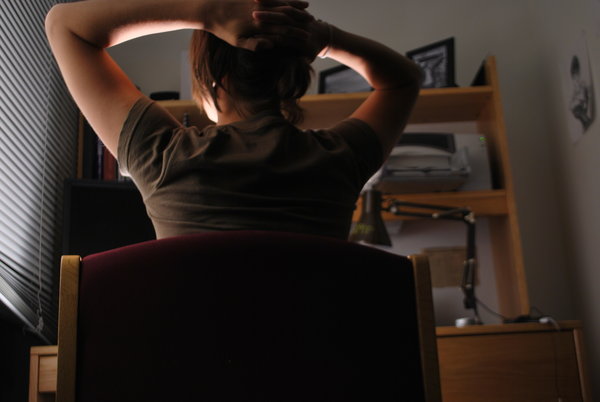
Passive or second hand smoking refers to the smoke that one breathes in while someone is smoking. It consists of the smoke billowing out of the cigarette (called side stream smoke) and the smoke that is puffed out by the smoker (called mainstream smoke). The victim here is referred to as a passive smoker. Passive smoking is as harmful and injurious as direct smoking because the passive smoker inhales the same chemicals and toxins. Passive smoking is most devastating for children who have not yet built up a strong immunity. A research has revealed that almost 75 percent of the children in USA have detectable amounts of nicotine products in their blood though they do not smoke.
Cause
99 percent of second hand smoke that is inhaled by people originated from either cigarettes, cigars or pipes. The other sources are negligible in their contribution.
Effects and health risks
Second hand smoke contains about 250 harmful chemicals out of which about 50 are cancer causing. Vinyl chloride, cadmium, arsenic, benzene, and ethylene oxide are just some of the deadly chemicals in the smoke. They can cause a host of diseases and diseased conditions. Let us examine them in detail.
-
Lung cancer
There is almost a 30 percent increase in the probability of a person contracting lung cancer when he/she is in the proximity of a smoker. In US alone, almost 3400 deaths occur annually due to passive smoking.
-
Cardiovascular disease
Heart diseases too strike the smokers more and it does not matter whether the smoking is done actively or passively. About 46,000 passive-smoker deaths have been reported in the US due to cardiovascular diseases. Even a brief exposure to smoke can cause damage to the heart and this is especially so if one is already suffering from any heart condition.
-
Respiratory illnesses
The lung is another major organ that takes the hit with secondhand smoke. Even a momentary exposure triggers cough, wheezing, congestion, and decreased lung function. Repeated exposure reduced the lung capacity and leads to severe bronchial problems.
-
Breast cancer
Though in an investigative and speculative stage, researchers have reason to believe that secondhand smoke can also increase the chances of women contracting breast cancer. But well, even the link between active smoking and breast cancer too is under investigation!
-
Effects on children
Those children who are already suffering from Asthma, get their symptoms aggravated due to passive smoking. They become highly susceptible to pneumonia, bronchial spasms and bronchitis. Secondhand smoke is suspected to cause more than 750,000 middle ear infections in children in the US alone. Babies breathing in second hand smoke have a greater chance of dying from SIDS (Sudden Infant Death Syndrome). Over 150,000 to 300,000 lung infections like pneumonia and bronchitis occur in the US in babies younger than 18 months of age due to passive smoking!
6. Effects on pregnant women
Apart from the ill effects already described, pregnant women are more likely to have underweight babies if they are exposed to secondhand smoke.
Prevention
Prevention is always better than cure. Research has shown that there is nothing like a ‘safe level of second hand smoke’. The smoke is deadly even in small quantities. Here are some possible steps to avoid passive smoking:
-
Preventing second hand smoke is a herculean task and it definitely requires the support of government agencies. There should be laws that prevent people from smoking in public places. Thankfully, this is already happening in many countries.
-
Helping the smokers to quit smoking is another important initiative to be taken up. If you are a smoker yourself, enlist for help. There are thousands of support groups, medications and effective de-addiction programs which are tremendously helpful for the smoker.
-
Take personal measures to protect yourself from second hand smoke. Keep away from smoke as much as possible. Cover your nostrils in areas where you feel you could be exposed to it. Ensure good ventilation in buildings where you work.
-
There is another concept that has cropped up – third hand smoke! This refers to the exposure to toxic substances that have accumulated on furniture, curtains, clothes etc. which could be as harmful as second hand smoke if taken in large quantities. These substances can even get into the body through the skin. So it is essential to regularly clean and wash all objects in the vicinity.



